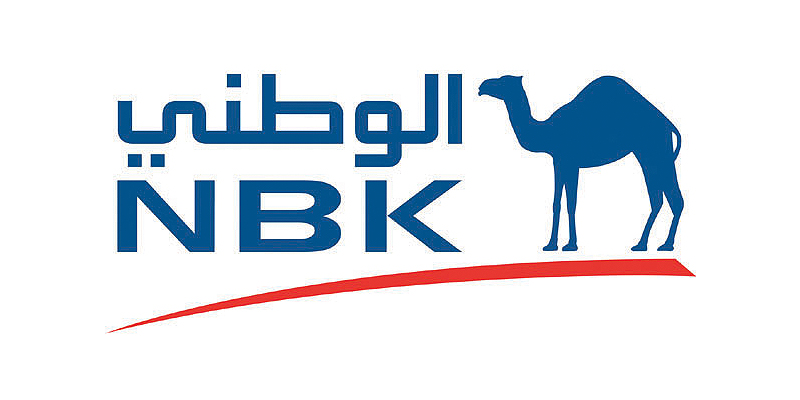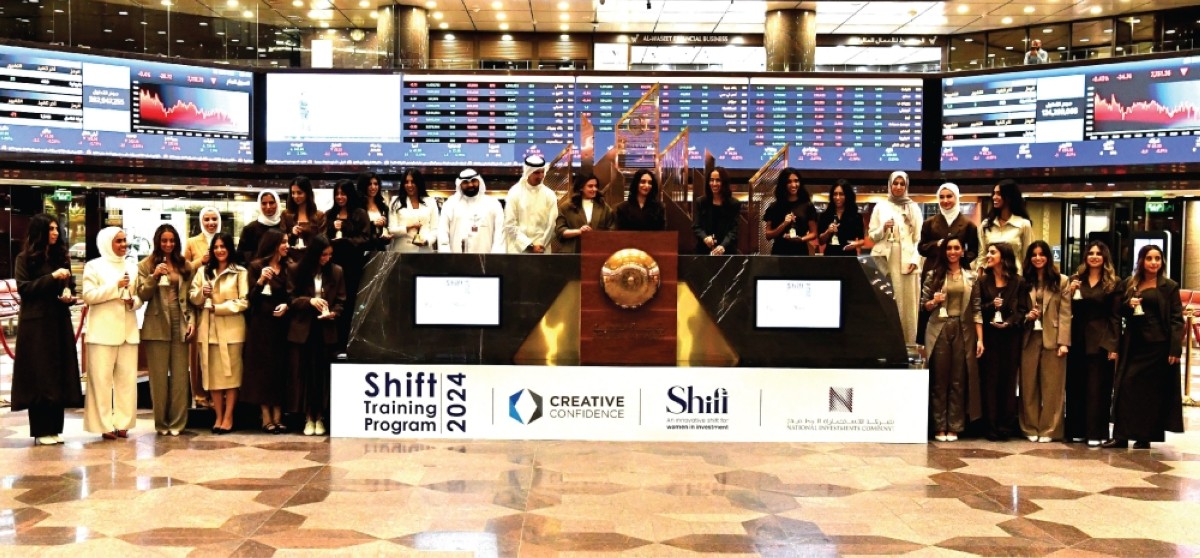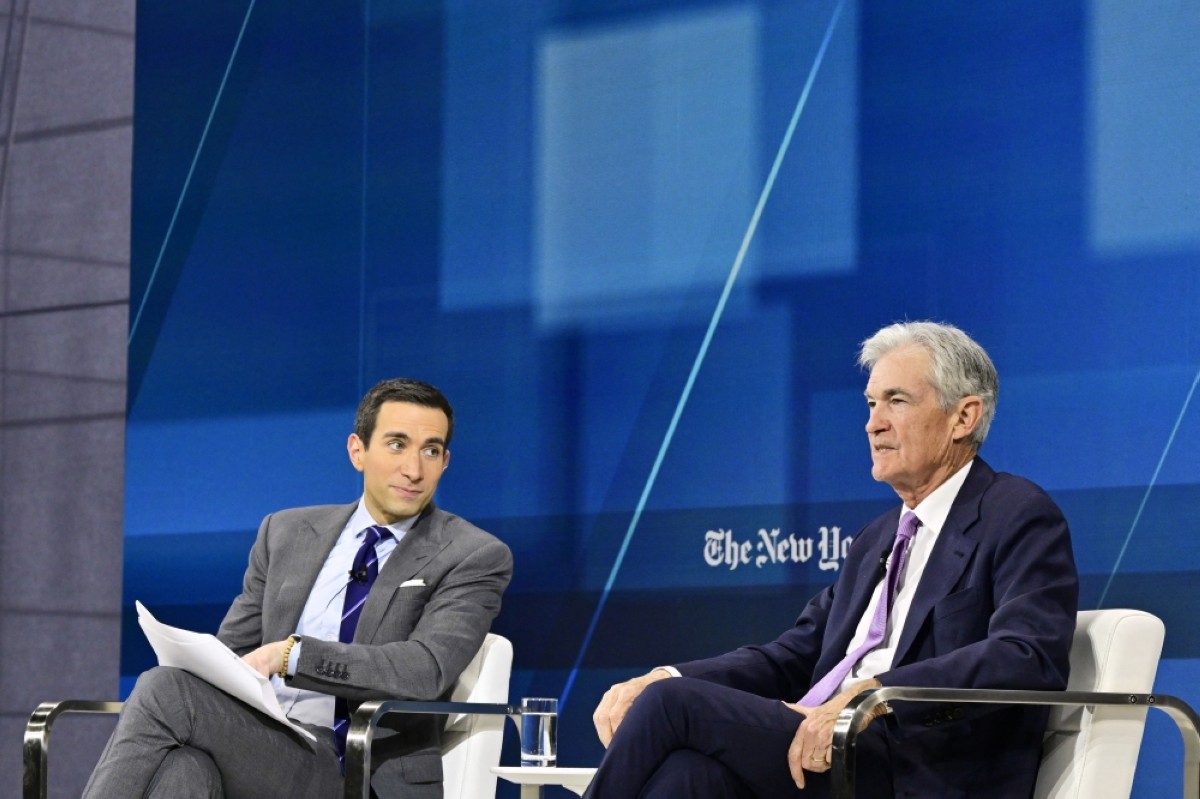US jobless claims rise; Canada Australia surprise the market
KUWAIT: The Reserve Bank of Australia and the Bank of Canada surprised the market by raising rates last week signaling that the next phase of global central banks tightening is underway.

Investors will turn their focus this week toward meetings by the Federal Reserve, the European Central Bank (ECB) and the Bank of Japan (BoJ) for further clues on the path of global interest rates. Ahead of these meetings, The US debt ceiling has been extended, and fears about the US banking sector have subsided.
While global economic data has softened, inflation remains high which is expected to keep major central banks in a hawkish stance. The Fed is expected to ‘skip’ a rate hike in June and raise rates by 25 bps in July. Investors will be closely watching the Fed’s press conference, updated forecasts and dot plot for clues about the bank’s plans for future rate hikes. While the ECB is expected to hike by 25 bps in its meeting, the BoJ is expected to maintain its wait and see stance as wage growth in Japan remains stagnant despite GDP surprising to the upside.
FX markets remained range bound in a quiet week in terms of economic indicators. The Dollar index reached a high of 104.36 at the start of the week but lost its gains amid higher than expected jobless claims to close at 103.553. This week the outcome of the Fed’s meeting and the upcoming US CPI data will dictate the Dollar’s path going forward. The euro and pound recovered and closed the week at 1.0747 and 1.2569 respectively. The Japanese yen closed at 139.34 after testing the high of 140.45 twice during last week’s session.
US jobless claims increase Applications for US unemployment benefits jumped last week, reaching the highest level since October 2021. Initial jobless claims rose by 28K to 261K in the week ending June 3according to the Labor Department report released on Thursday. The increase was the biggest since July 2021 and exceeded market forecasts. Meanwhile continuing claims, which include people who have received unemployment benefits for a week or more and are a good indicator of how hard it is for people to find work after losing their jobs, fell to 1.76 million in the week ended May 27, the lowest level since mid-February.
The report highlights that the resilient labor market may be showing signs of cooling as US companies announced more layoffs in the first 5 months of 2023 than in all of 2022. US services nearly stagnates Last week, the Institute for Supply Management announced its non-manufacturing PMI fell to 50.3 last month, from 51.9 in April. The above-50 level indicates growth in the services industry that accounts for more than two-thirds of the economy. Economists had forecast the non-manufacturing PMI would edge up to 52.2.The services sector benefited largely from consumers shifting awayfrom goods during the height of the coronavirus pandemic.
However, following the 500 bps worth of interest rate hikes delivered by the Federal Reserve since March 2022, consumers appear to be focusing more on basic needs. Switching to manufacturing, the ISM reported last week that its PMI was stuck below the 50 threshold for the seventh straight month, representing the longest stretch of contraction since the Great Recession. BoC hikes rate to 22-year high The Bank of Canada hiked its overnight rate to a 22-year high of 4.75% after staying on hold since January to reassess the impact of previous hikes. The central bank hiked rates eight times since March 2022, representing the fastest tightening cycle in the bank’s history.
Shockingly robust consumer spending and a rebound in demand for services illustrates excess demand is more persistent than anticipated, according to a statement by the BoC. Highlighting an uptick in inflation in April and the fact that three-month measures of core inflation remained high, the central bank said that “concerns have increased that CPI inflation could get stuck materially above the 2% target.” Annual inflation accelerated for the first time in 10 months to 4.4% in April, while first-quarter GDP rose 3.1%versus the 2.3% forecast by the BoC. Money markets are now pricing in a 65% probability of a 25 bps hike at the bank’s July meeting.
Swiss core inflation below 2% Swiss National Bank Chairman Thomas Jordan reiterated his commitment to bring down inflation after data revealed annual inflation dipped to 2.2% in May. “Inflation is above our threshold for price stability,” Jordan said on Thursday in Switzerland. “We have second-round effects, third-round effects, so inflation is more persistent than we initially thought.” Meanwhile, a measure of underlying inflation slowed more than expected to below the central bank’s target, providing comfort to officials aiming to ensure consumer prices stay under control.
The core gauge, which strips out volatile elements like energy and food, fell to 1.9% in May, down from 2.2% the previous month. So far, the SNB has lifted borrowing costs by 225 basis points in nine months, and officials have consistently voiced the need for another hike despite the country registering the lowest inflation in the developed world. In contrast, other central banks such as the Fed are reassessing their path as inflation slows globally and economies head to weaker growth. The current Swiss interest rate of 1.5% “is relatively low, and it’s not a really good idea to wait and then have higher inflation later,” Jordan said.
The Swiss franc jumped on the Chairman’s comments, ending the week 0.90% higher against the USD. RBA defies expectations Australia’s central bank raised interest rates to an 11-year high, while warning that further tightening might be required to ensure that inflation returns to target. Markets had been leaning towards a pause for the June policy meeting, however priced in a sizeable 40% probability of a 25 bps hike. The hawkish message that accompanied the decision sent the Aussie and bond yields spiking as markets moved to overwhelmingly price in a further rate increase next month.
Ending its June policy meeting, the central bank hiked the cash rate to 4.1%, saying inflation is still too high and removed a reference that stated, “medium-term inflation expectations remain well anchored,” which had been in policy statements since July of 2022. Although the RBA increased interest rates by 400 bps since last May, headline inflation was last seen at 7% in Q1 of 2023. Markets are now pricing in a 67% probability of a 25 bps hike in July.
Australia’s economy expands First quarter gross domestic product expanded by 2.3% year-on-year in Australia, slightly below analyst expectations. The figure represented the weakest pace in 1-1.5 years as high prices and rising interest rates exhausted consumer spending. Data from the Australian Bureau of Statistics showed real gross domestic product rose 0.2% in the first quarter, easing from 0.5% in the previous quarter and under forecasts of 0.3%.












